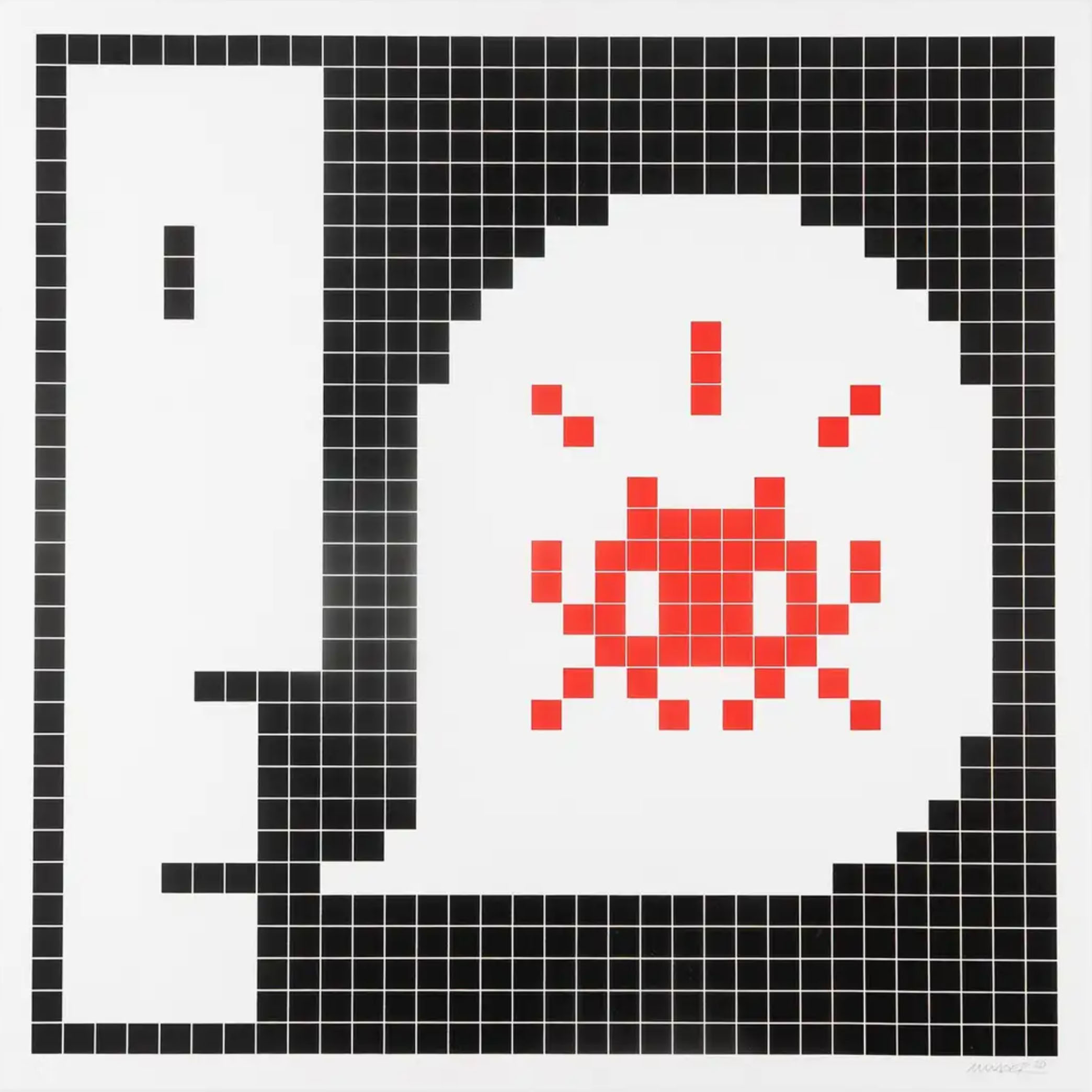Internationally known graffiti artist, Banksy, left his mark on San Francisco in April 2010. However, Banksy’s art was quickly destroyed by local writers and authorities wanting to remove the “vandalism”. One art collector saves a Banksy piece from being destroyed with the request that he doesn’t sell the artwork and uses it to promote conversation. With local museums turning down the free Banksy and a New York gallerist, who has made it his business model to remove Banksy street works from all over the globe, doing whatever it takes to get the Rat in his possession. The question is what is going to happen to the Banksy rat?
“Saving Banksy” documents this true story and explores the evolution of graffiti into street art and the growing practice of art dealers removing street art and selling it without the artists permission. Saving Banksy digs deep into ethical questions of this movement, including whether or not art dealers have the right to remove public graffiti and sell it at high-end auctions.
The documentary includes the fate of two original pieces stencilled in Palestine in 2005. The first one being “Wet Dog”, which originally appeared on a bus stop, and the second “Stop and Search”, which originally appeared on the wall of a butcher shop, that were both removed from Palestine and sold for thousands of pounds. This documentary shows how owning and selling a decontextualized installation, once meant to reflect the suffering of systemic unrest, is now a lucrative business for some galleries.
“I don’t think much about it, (his artwork being taken off the street and sold) but for the art form as a whole it’s unhealthy. When you paint illegally you have so much to contend with – cameras, cops, Neighbourhood Watch, drunk people throwing bottles at your head – so adding “predatory art speculators” to the mix just makes things even harder. Graffiti is an important and valid art form, it would be a shame if it was killed by venture capitalism.” Banksy Via Guardian 2015
Check out our exclusive trailer of Saving Banksy below…
None of the pieces in the documentary have been certified by Pest Control, Banksy’s authentication office, because they do not authenticate works that have been removed from their original locations.
The film features the following artists; Risk, Revok, Ben Eine, Blek Le Rat, Lister, Niels Meulman, Herakut and Glen E Friedman and is available to download here.
Banksy is now back in Palestine with his latest project, The Walled Off Hotel. Read more here.
We’d like to hear your opinion!
Do you feel street art has a place in a museum or a private collectors home or should be left in the street?
Would you save a Banksy or any another street art in the name of street art history?




